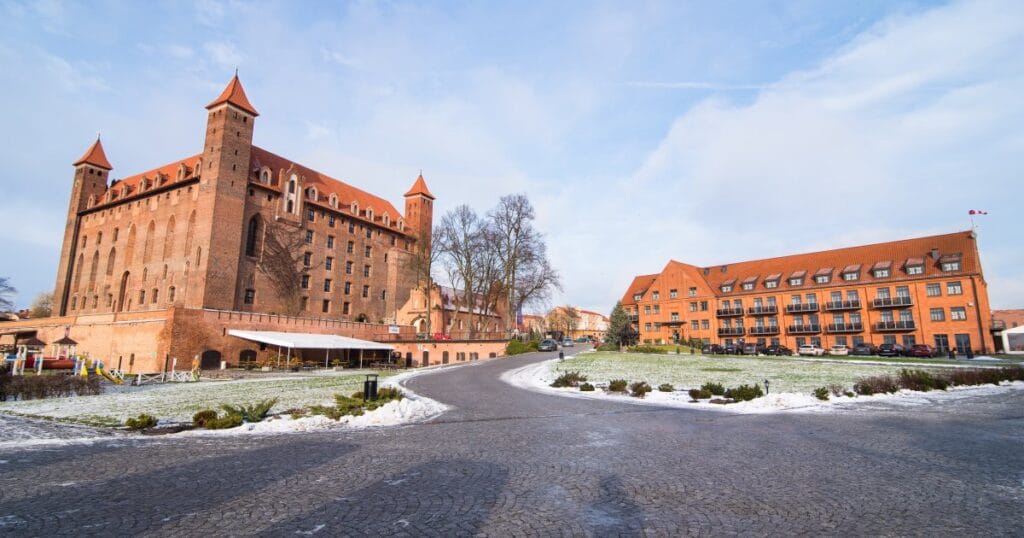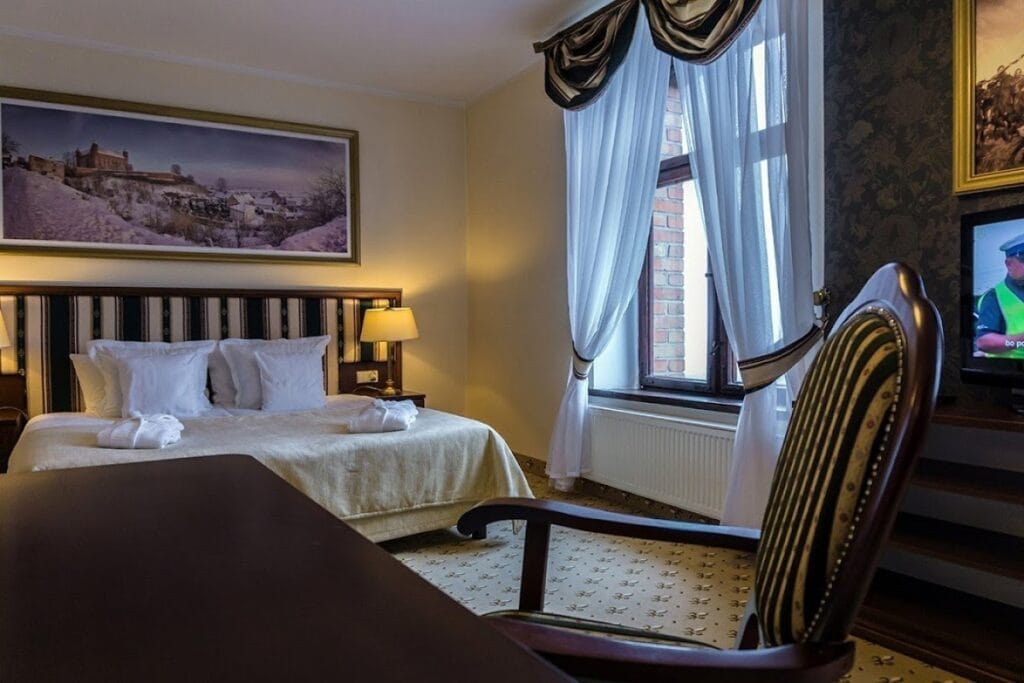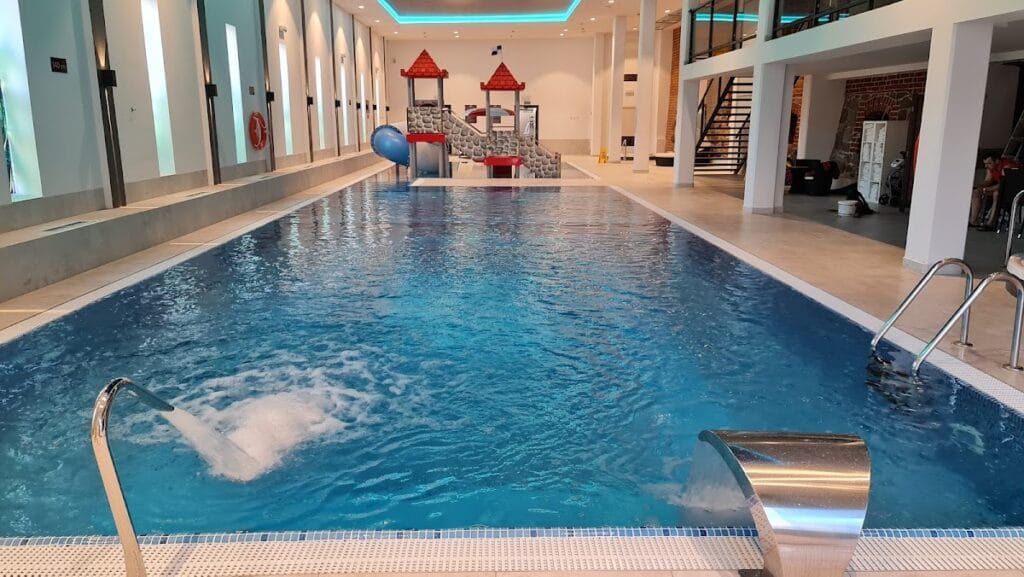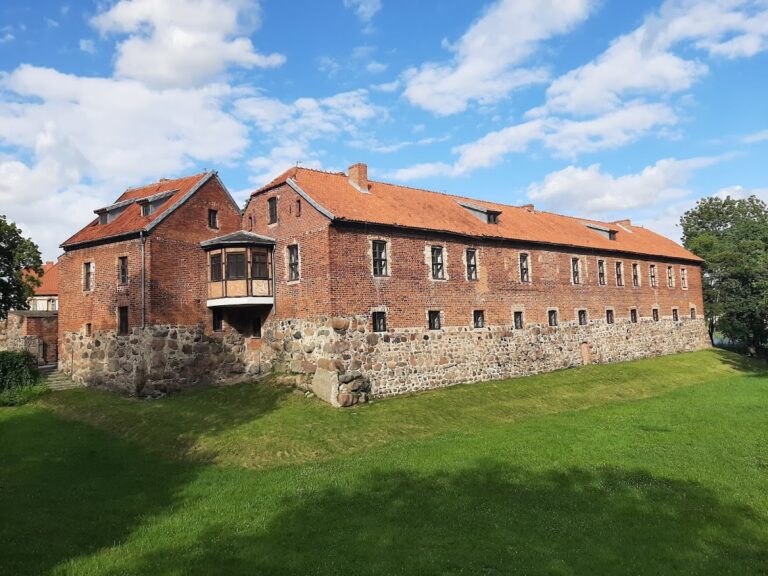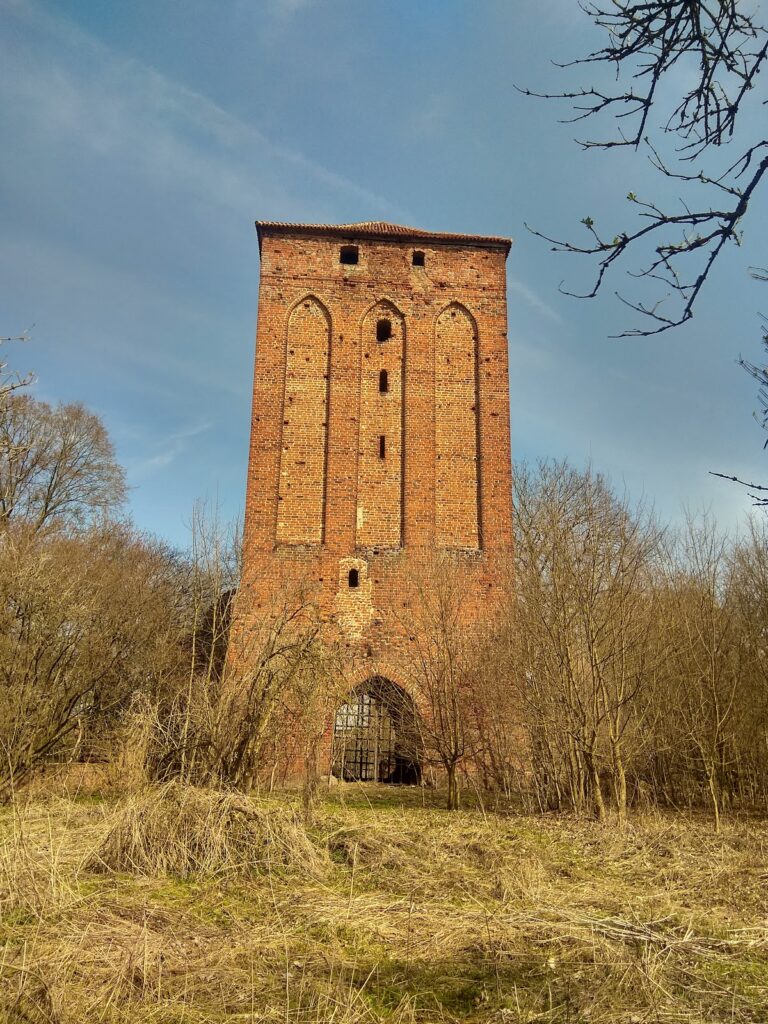Gniew Castle: A Historic Teutonic Fortress in Poland
Visitor Information
Google Rating: 4.5
Popularity: Medium
Google Maps: View on Google Maps
Official Website: www.zamek-gniew.pl
Country: Poland
Civilization: Medieval European
Remains: Military
History
Gniew Castle is situated in the town of Gniew, in modern-day Poland. It was originally established by the Teutonic Order, a medieval Catholic military order, beginning in 1290. Built on the left bank of the Vistula River, its construction extended over approximately four decades. From its earliest days, the castle served as the command center for the Teutonic commander, known as the komtur, of Mewe—its original German name. Alongside strongholds in nearby Schlochau (now Człuchów) and Gdańsk, Gniew Castle was among the most formidable fortifications in the region controlled by the Order.
In the early 1400s, significant renovations transformed the castle’s form and function, including the addition of a new eastern gate and the expansion of its chapel. This period of enhancement coincided with growing military confrontations involving the Polish-Lithuanian alliance and the Teutonic Knights. During the 1410 conflict, Polish forces led by castellan Paweł of Wszeradów captured the castle, though it was later returned to the Teutonic Order as part of a peace arrangement.
The castle’s military importance continued into the Thirteen Years’ War, which began in 1454. At that time, the castle was taken by the Prussian Confederation, an alliance allied with Poland, and brief command was given to Jan z Jani, appointed by King Casimir IV. However, the Teutonic Knights retook Gniew within the same year. A further siege occurred in 1463 when Polish forces under Piotr Dunin besieged the castle, leading to its surrender on January 1, 1464, after a decisive Polish victory in the nearby Battle of the Vistula Lagoon weakened the Teutonic fleet.
Following the Second Peace of Thorn in 1466, control of Gniew Castle passed firmly to the Kingdom of Poland. It became the seat of royal governors, known as starosts, with Jakub Kostka recorded as the first official starost from 1466 to 1472. The castle was maintained and repaired over the centuries, including significant restoration in 1565. In 1623, it hosted King Sigismund III Vasa, reflecting its ongoing administrative and ceremonial role.
During the 17th century, Gniew Castle saw military action again, as it was occupied by Swedish troops twice—first between 1625 and 1627, and briefly in 1655 during the Swedish Deluge, a period of major conflict in the Polish–Swedish wars. In 1657, following these hostilities, Swedish prisoners of war were detained in the castle by order of Polish Hetman Jerzy Lubomirski. Also in this century, before ascending to the throne, Jan Sobieski held the position of starost of Gniew and constructed a Baroque-style residence near the castle for his wife, Maria Kazimiera.
The political landscape shifted dramatically in 1772 after the First Partition of Poland, as the region fell under Prussian control. This change brought new uses for the castle, such as serving as a granary in the late 18th century, which prompted structural adjustments to accommodate these purposes. Between 1855 and 1859, a major reconstruction project altered elements of the medieval structure: the large eastern corner tower known as the dansker was demolished and replaced with a simpler square tower, the defensive moat was filled in, and new windows were installed, changing the fortress’s original appearance.
After World War I, the castle was returned to Poland in 1920 but suffered severe fire damage the following year, leading to a partial abandonment of the site. During World War II, German occupying forces repurposed Gniew Castle as a prison for Polish individuals suspected of resistance activities.
Restoration efforts began in 1968, funded in part by a local ship mechanism factory, which helped recover parts of the castle’s medieval character by 1974. A subsequent phase of restoration started in 1992, initiated by local authorities and volunteers, gradually reestablishing the castle’s cultural significance. Since 2001, annual historical reenactments have taken place, recalling the 1626 battle near Gniew in which Swedish King Gustavus Adolphus confronted Polish King Sigismund III Vasa.
In 2010, the castle entered private ownership under the company Polmlek, which adapted portions of the structure into luxury hotel apartments. In 2013, a helicopter landing pad was installed near the castle along the Vistula River, reflecting modern developments at the historic site.
Remains
Gniew Castle presents a nearly square design built predominantly from brick, enclosing a central courtyard. Its strong, geometrical plan consists of four rectangular towers positioned at each corner of the main building. Originally, three of these towers featured small turrets, while the fourth, a large primary tower, stood prominently in one corner. This large tower, known as the dansker, functioned as a separate latrine tower connected to the castle by a covered gallery but was removed during the 19th-century renovations and replaced by a simpler, square tower.
The castle is surrounded by relatively low defensive walls forming a rectangular enclosure. These outer walls were once surrounded by a deep moat, which was filled in during the mid-19th century rebuilding. This transformation was part of efforts to adapt the castle’s structure to new uses, which also included modifying the fortress’s external appearance with the addition of larger windows.
The original main gate was situated on one side of the castle but was walled up in the 15th century during significant remodeling. A new entry was constructed on the eastern side, coinciding with that period’s architectural developments. This eastern gate became the primary access point following the changes.
Inside, the castle’s chapel was substantially enlarged during the early 15th-century reconstruction, reflecting its religious importance within the fortress. Restoration work in the late 20th century helped revive many of the medieval architectural details, partially reversing alterations made in the 19th century.
Despite suffering serious fire damage in 1921, parts of the castle structure have survived, and restoration efforts have since stabilized and rehabilitated the remains. The internal spaces of the castle have been adapted for contemporary use, including conversion into hotel apartments as part of recent redevelopment. Adjacent to the castle, near the Vistula River, a helicopter landing pad was constructed in 2013, integrating modern infrastructure with the historic site.
Overall, Gniew Castle stands as a testament to its layered history, showcasing elements from its original medieval origins, 15th-century modifications, and later alterations during Prussian control, while also reflecting continued preservation and adaptive reuse in the modern era.
